The Automatic Car Wash: The Hidden Dangers
by Rodney Tatum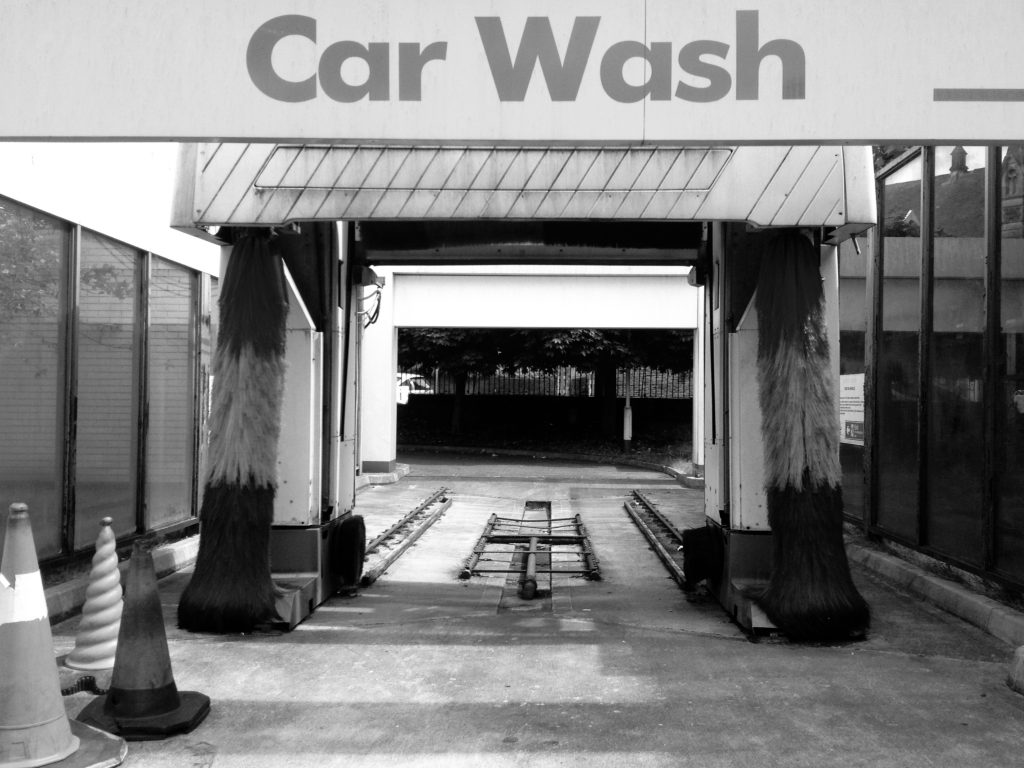
This machine can be devastating in more ways than one. Think about how a very plush high-quality microfiber towel feels to the touch. Imagine how gently professional detailers rub the painted and non painted surfaces of your car with this material. Think of a person being mindful of sensitive areas around your car and taking the time to safely clean and protect every little surface around the vehicle. This takes hours to perform correctly, not minutes …
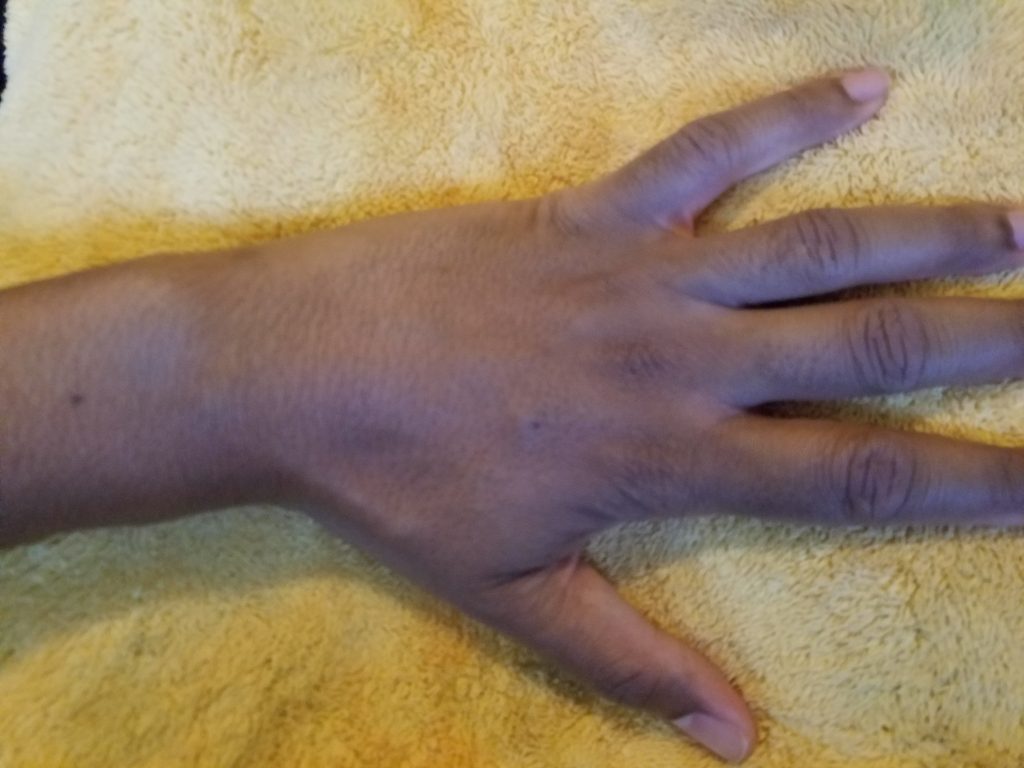
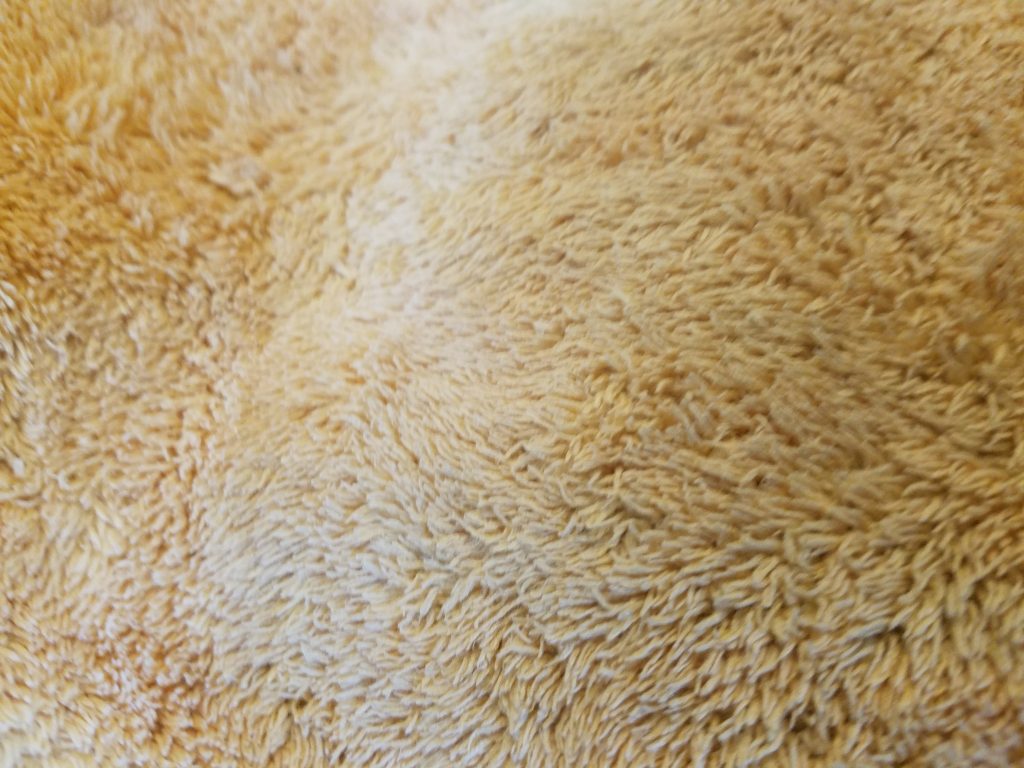
What I just described and what you imaged is the complete opposite of the automatic car wash experience. Although technological advances have made the automatic brush material somewhat safer, it is still not as gentle as careful hand washing. Various hog hair and cloth brushes produce the worst type of damage. More recently a special foam that produces less damage has become more commonly used and it is an improvement in two areas; the material is less abrasive and it repels dirt more easily. This does not mean the material is scratch proof. Ask yourself, how often do these instruments get cleaned? The dirt and debris from all of the vehicles headed through the wash before your car are still lodged into these brushes and will be hitting your paint at high speeds. The speed at which this material spins can be most problematic! Swirls, scratches and imperfections in the paint will happen, but what about other types of damages?
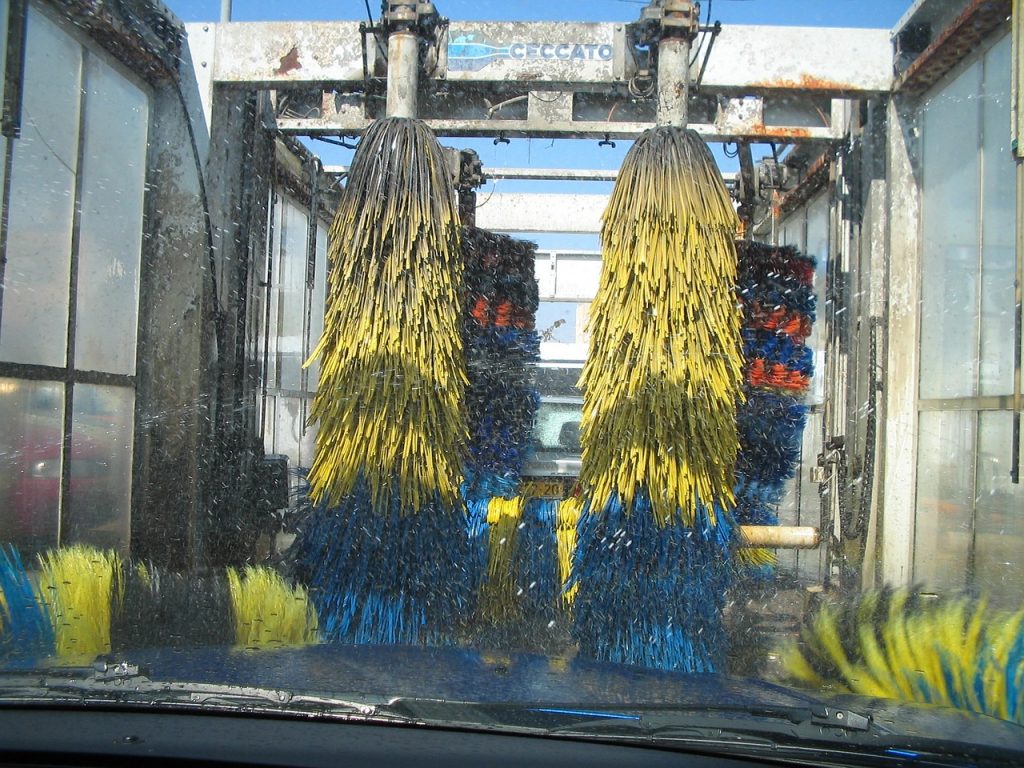
The weather-stripping on my car, you can see below, is lifted along with a line here. I noticed this shortly after the dealership took it upon themselves to give me a courtesy assault on my car. This should be a reminder other parts of your car can be damaged. When material is spinning at uber-fast speeds (100+ mph), sensitive areas of your car will be damaged.
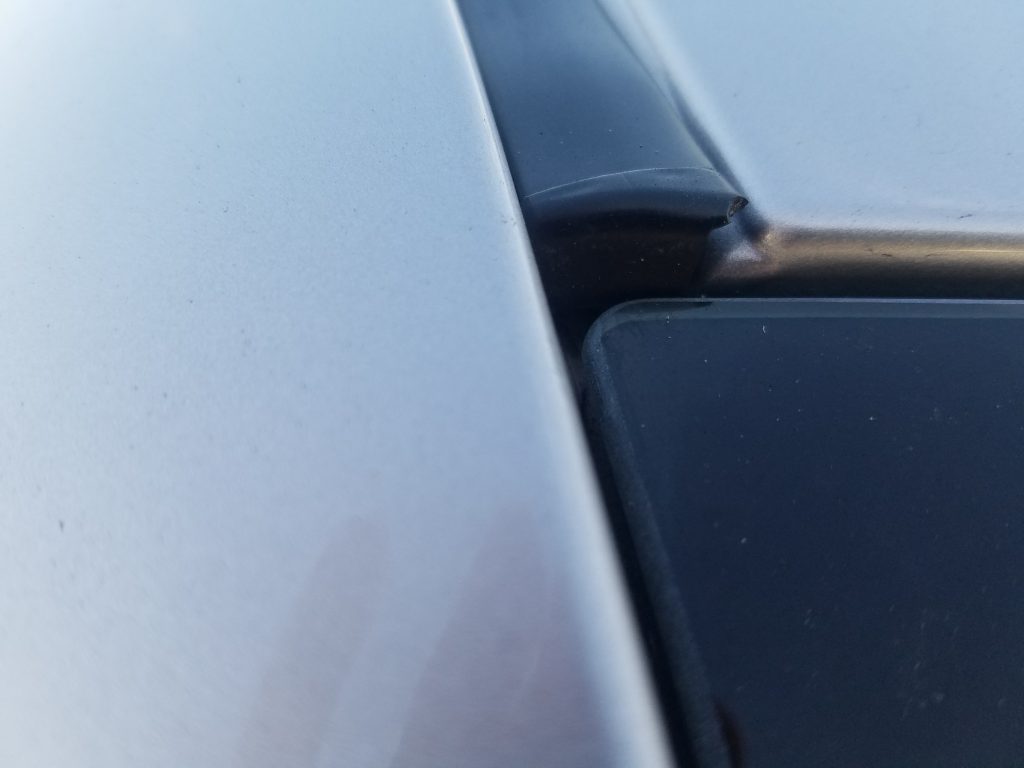
It was well over a week until I noticed this on both sides of my car. After hearing similar stories over time, it became clear what the cause was.
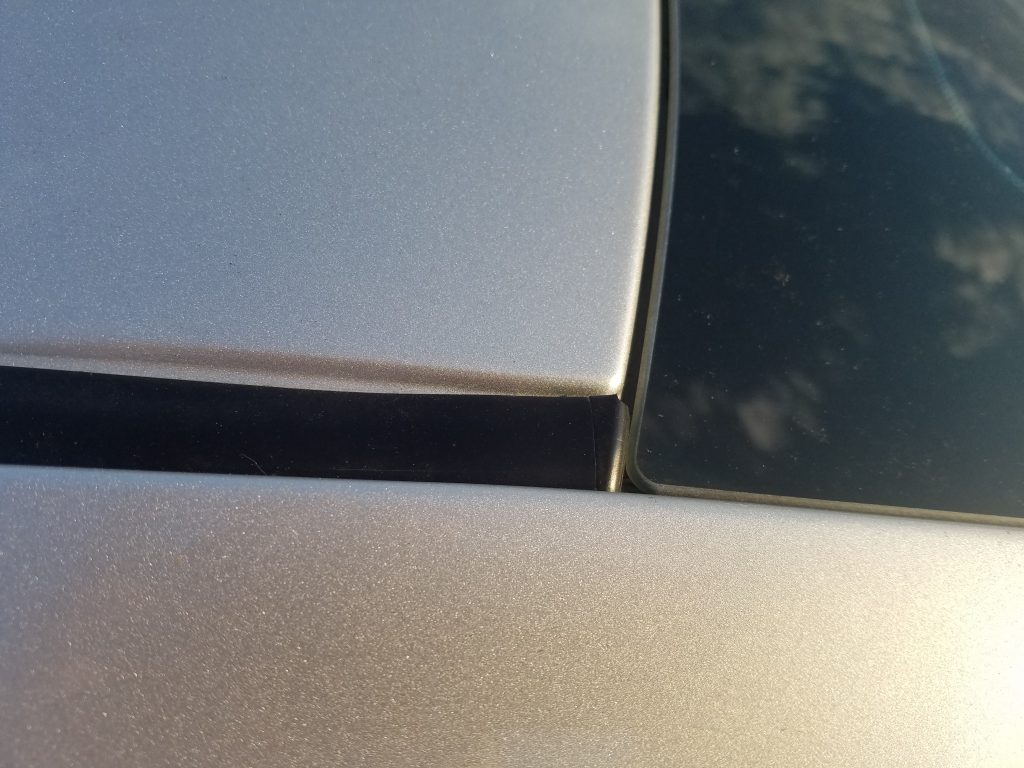
When the automatic car wash is brought up in discussion, I am not coy about showing this (pictured above) to my clients.
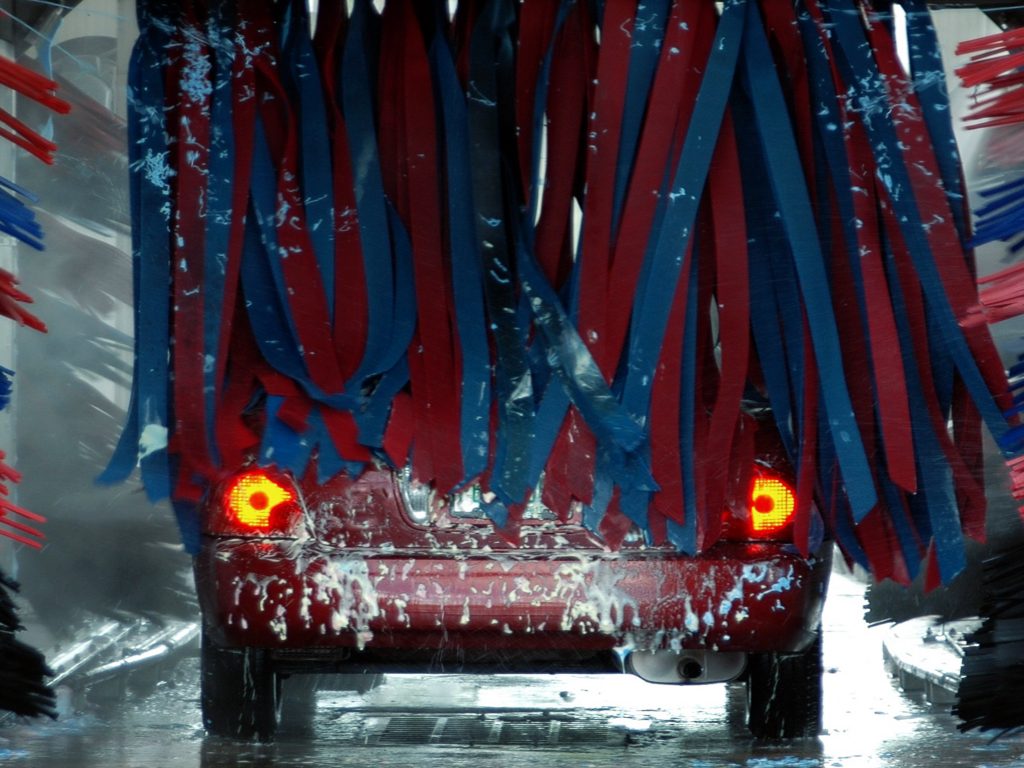
In addition to swirls, flying debris in the tunnel wash can possibly lead to deep scratches.
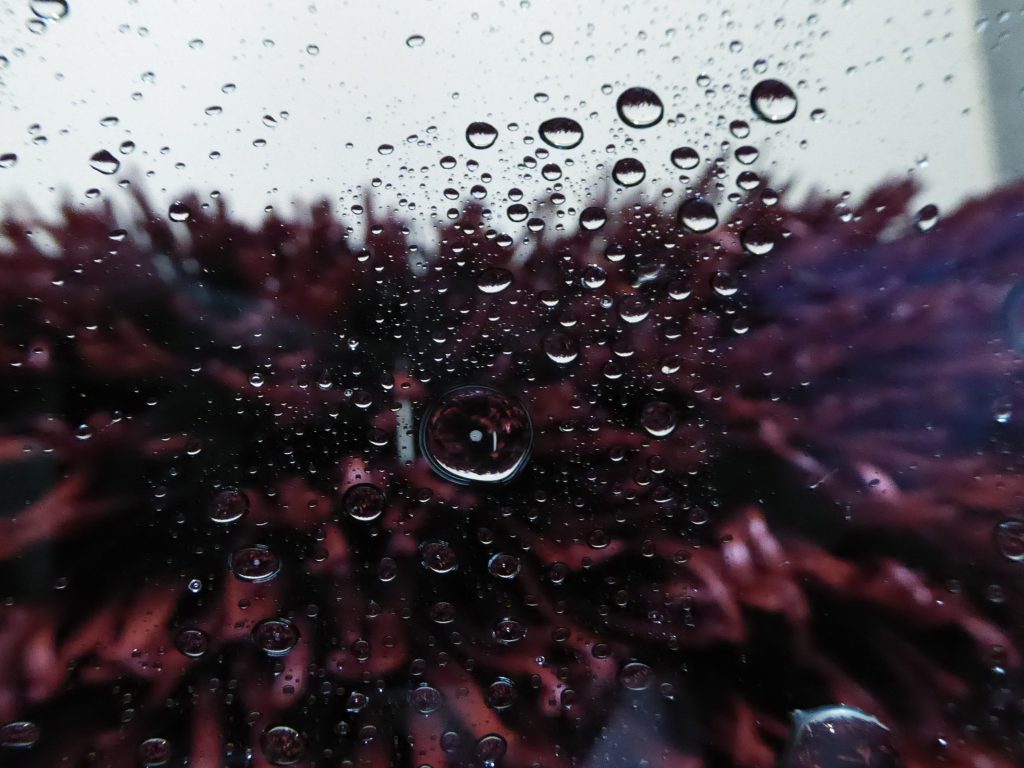
I remember waiting inside the dealership to fill outside some paperwork for a repair. I noticed a sign absolving themselves of responsibility for any damage done to trim or weather-stripping from their automatic car washes. If this is not an explicit acknowledgment that these brushes are bad for your car, I do not know what can be clearer.
An Alternative
If you are stressed for time or the environment is not conducive to traditional two bucket wash, there are alternative wash methods. Even if you are not crazy about a rinseless wash (Optimum No Rinse) that is a far better option. Even a waterless (Poorboys Waterless) alternative is safer. I am not very fond of waterless washing unless it is a classic car (where moisture needs to be controlled). But you likely cannot do more damage to your car with decent technique than if you were to allow those brushes to touch it.
Here are two articles on rinseless washing that you might find helpful:
- Waterless and Rinseless Washing: What it is and How to do it Properly
- Product Review & How-To Guide: Wolfgang Uber Rinseless Wash
The Do Not Wash Hang Tag should also be in every enthusiast’s glove compartment. It will help combat the dealerships and their desire to run cars through tunnel washes or hand the car off to their “detail department”.
Related Posts
- Detailing Wash Process According to ChatGPT
- New to Detailing Product Guide – Standard Details Edition
- Product Review: The Rag Company Gauntlet Drying Towel
- Unlocking the Plant Power of Oberk APS : A Comprehensive Guide Of The Ultimate Organic Soap For Professionals and DIY enthusiasts
- Product Review: Autofiber Wash Monster Plush Car Wash Pad









I find that even the slowest spinning foams found in Belanger Spin Brite tunnels can still cause hairline scratches. The foam also has a slight texture, and tacky feel which tends to keep grit on it’s surface.
“Soft Cloth” is probably the worst as dirt, sand, silt, and debris such as rust particles can become lodged in the nap of the material. When I was employed at a car wash, I’d often inspect the lower rocker brush, side washer, and wrap-around bottoms to see how much was rinsed off during the flush sequence. There was still plenty of abrasive material present in the brush… This effectively produces an effect similar to wet sanding. They’re fun to correct, but miserable to have inflicted on your car.
The old school bristle, if slowed down, thinned out, and properly rinsed could be something viable in the future. Historically these brushes were basically plastic whips that beat the car clean, they would absolutely not hold dirt and debris. When properly lubricated and maintained were probably the safest material they ever used. Operators began cutting corners and starving these brushes of the necessary amounts of water needed to operate safely, and as a result left a deposit on the paint that left a haze, much like a crayon would. The service shop my girlfriend uses has a roll over unit outfitted with this type of material. Needless to say, they are no longer allowed to wash her vehicle.
Lammscloth by the n/s company features wash media made of a material similar to thay found in synthetic lambswool wash mitts. A great idea, but still susceptible to becoming contaminated with grit, but it does flush out easier than cloth or foam.
I’ll use a touchless automatic when needed, and follow with a rinseless wash in the garage, but I haven’t gone through an automatic in a long time.
Living in Eastern Massachusetts, the weather can change from sunny with temps in the teens to 60 degrees and either rain or sunshine.
If it is cold, I will take my vehicles to the “pay and spray” self-service car wash that’s 2 miles from my house. I bring a pump sprayer of Optimum No Rinse or ADG’s Wipeout and pre-spray the car with that to start to loosen the dirt contamination. I also spray the wheels and tires with an APC, then use the rinse setting on the machine to wet the car and undercarriage down. I then bring it home into my pre-heated garage and do a rinseless wash. If the temperature is warm enough, I’ll take out my pressure washer and use the undercarriage nozzle to rinse the undercarriage and to wash the car.
Are there any dangers to using a one-touch automatic car wash, which we have a few in my area?
Sorry, my last post was supposed to say “no-touch” car wash.
“No touch car washes” use alkaline detergents chemicals and high pressure water to “blast dirt” off of the paintwork. While they get the heavy dirt off, they will leave a dull film behind. They are still far better to use than the “scratch and swirl-o-matic” tunnel washes if you can’t hand wash or do rainless washes.